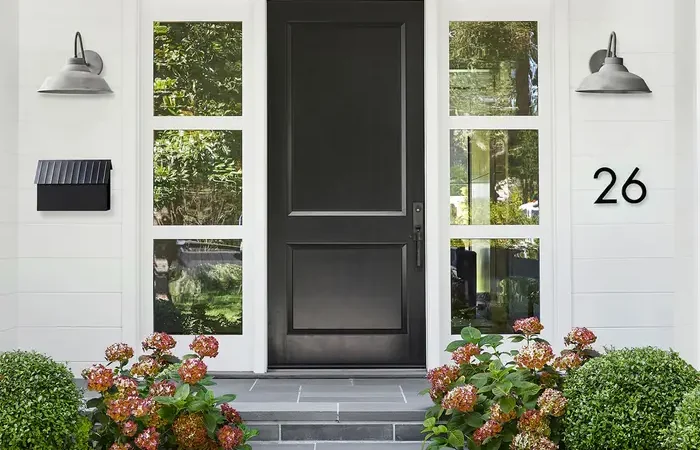Where Can You Find Noise Barriers Installed in Singapore

Singapore is a bustling city with a population of over 5.6 million people huddled into a small space. With such a high concentration of people, it’s no surprise that noise pollution is a significant issue. Singaporeans are exposed to a range of noise sources, including traffic, construction sites, and industrial activities. Fortunately, the government has made significant efforts to mitigate the effects of noise pollution. One of the most effective measures has been the installation of noise barriers in strategic locations around the city.
Noise barriers are structures that serve to block or absorb sound energy, helping to reduce the amount of noise that reaches adjacent areas. They are an integral part of Singapore’s noise management strategy and have been installed in several locations. These barriers are strategically placed near residential areas, schools, and hospitals to make the surrounding environment quieter and more conducive to living, working, and learning.
Noise barriers are installed along highways and expressways in Singapore.
Noise barriers in Singapore are strategically placed to mitigate high traffic noise levels in densely populated areas, particularly near residential neighborhoods, hospitals, and schools. Moreover, studies have shown that these noise barriers can provide a reduction in noise levels of up to 10 to 20 decibels, making them an effective method for noise abatement.
Overall, the installation of noise barriers reflects Singapore’s commitment to ensuring a quieter and more liveable environment for its residents.
They are also found along MRT tracks and major roads in residential areas.
If you are wondering where you can find noise barriers installed in Singapore, it is important to note that they are typically placed in areas with high levels of traffic noise. Specifically, noise barriers are commonly found along MRT tracks and major roads in residential areas.
These barriers serve to protect the homes and neighbourhoods from excessive noise levels generated by passing trains and vehicles. In addition to providing a safer and more peaceful environment for residents, noise barriers are also part of the government’s effort to mitigate noise pollution and create a more sustainable urban landscape.
Some industrial estates have noise barriers installed to minimize noise pollution.
Industrial estates are known to be a significant source of noise pollution in Singapore, affecting the daily lives of nearby residents. To address this issue, the government has implemented measures to reduce the impact of industrial noise.
One of these measures is the installation of noise barriers in industrial estates to intercept and absorb sound waves, reducing the spread of noise pollution to nearby areas. These barriers can be found in various areas, such as roadways, factories, and construction sites.
Noise barriers are also installed at construction sites to reduce noise levels.
Noise barriers are essential installations that serve to lessen the impact of construction noise on the surrounding environment. In Singapore, noise barriers are usually installed at construction sites situated close to residential areas and sensitive facilities such as schools, hospitals, and places of worship. These barriers aim to reduce the noise levels coming from construction activities and equipment such as drilling, earthworks, and piling.
Although temporary, noise barriers will significantly improve the quality of life for those living in the vicinity by minimizing noise pollution, which can cause disturbances and affect health. Furthermore, the use of noise barriers demonstrates the importance of environmental considerations in the construction industry and ensures that developers adhere to noise level guidelines set by the National Environment Agency.
To conclude, noise pollution is a persistent problem in Singapore, and the government has implemented various measures to mitigate it. Noise barriers are one such measure that have been installed in many areas throughout the city.







